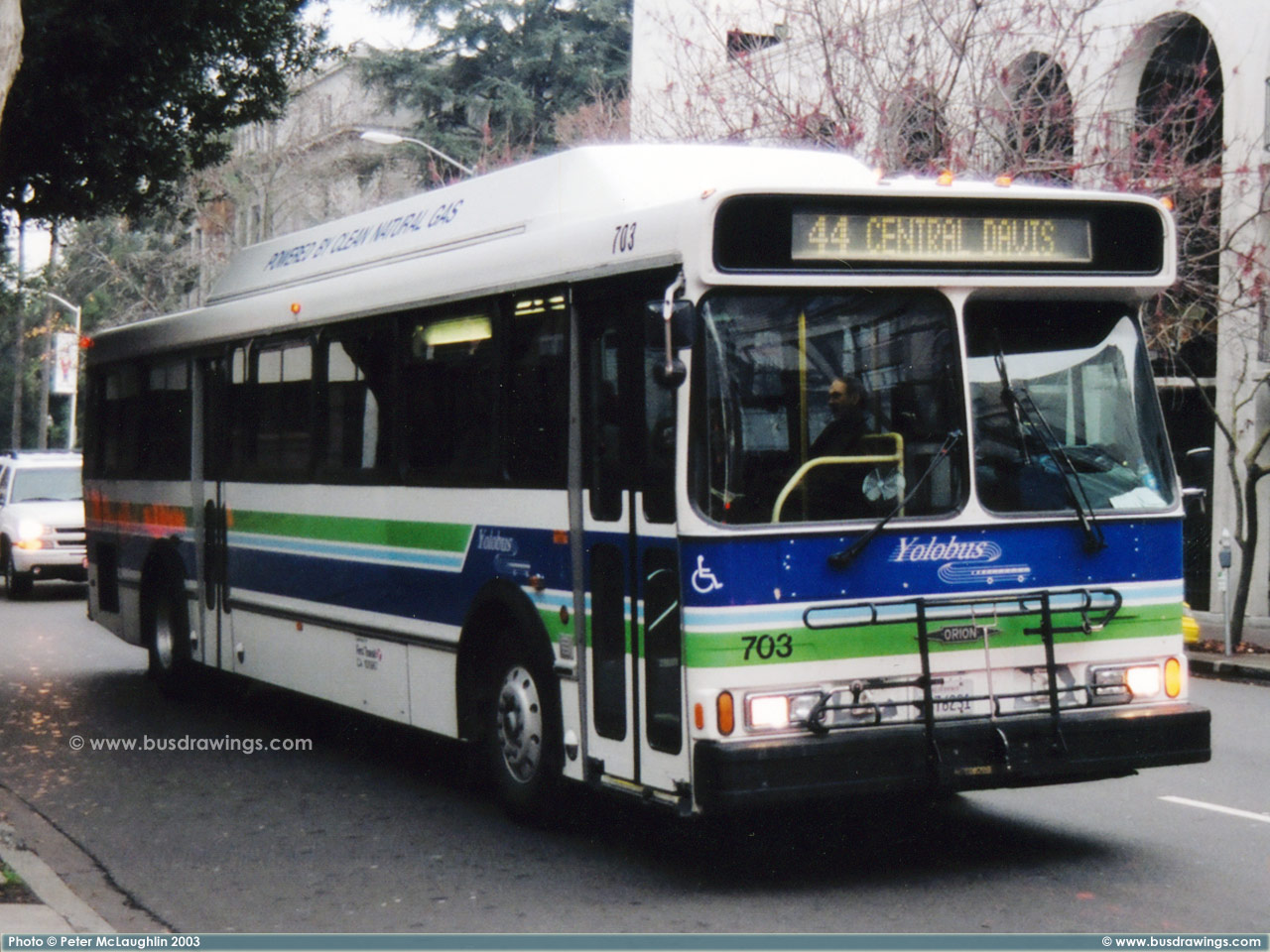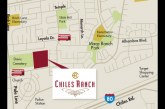

By Zohd Khan
YOLO COUNTY — During last Thursday’s Bicycling,Transportation and Street Safety Commission (BTSSC) meeting, a Yolo County Transportation District (YCTD) representative discussed assessments of their current operations, including their transit services.
The report, given by YCTD deputy director Jose Perez, focused on a newer assessment on YCTD’s potential decision to operate the intercity transit service known as “YoloBus.” Therefore, the name given for this recent assessment is YoloGo.
To begin, Perez explained that in addition to assessing local operations, this assessment was designed to focus on “sustainable long-term goals and priorities.”
Furthermore, the assessment was designed primarily as a “planning document” and was not elaborate to the extent of including bus stop details or running times (bus schedule). The documents instead serve as a guiding document to ensure that services remain sustainable, especially in response to the events the COVID-19 pandemic has brought forth.
As Perez stated, “The YoloGo project included extensive data collection, both firsthand and historic.” For example, the YCTD rode on their own buses to assess performance and better understand the rider experience.
The YCTD also conducted surveys for public outreach and received hundreds of responses with respect to their mobility and community experience.
In March 2020, the YCTD presented a series of past recommendations based on their initial research. However, their focus suddenly shifted as a result of the COVID-19 breakout, forcing them to fixate on providing “essential services without maximizing or overextending our available resources.”
The Federal CARES act provided some public transit agencies with funding, which enabled the YCTD to continue their essential services.
As the pandemic continued, the YCTD realized that they did not know whether or not the data utilized in creating their initial recommendations would still be accurate and appropriate given the significant changes in transportation. Therefore, the YCTD began a reassessment which took pandemic ridership and compared it to first-hand data from pre-pandemic times.
Perez explained that the YCTD has now reached the final steps of this reassessment process. They have recently launched a website (rideyolobus.com) which features some recent recommendations as well as a public survey to “help refine and guide public comment” regarding the project as a whole.
One major recommendation the website mentions is the discontinuation of service on low ridership routes, including several commute routes from Davis to other neighboring cities. This change is supposed to alleviate some of the financial hardships the transit service may experience.
In addition, the YCTD proposes to increase Route 42A/B frequency, which would entail 30 minute services during weekday mornings and afternoons. Restoring Route 43R, a reverse commute between Sacramento and Davis, would also take place. The YCTD would also like to combine Routes 35 and 39 to create faster travel between Southport and Downtown. The restructuring of other various routes may also be a change that the YCTD is considering.
In essence, the YCTD are looking to only prioritize routes that serve as more beneficial to both the riders and YTCD themselves. Many of these recommendations were made while acknowledging that the influx of commuters has heavily decreased with COVID-19, so only certain routes are essential for service.
According to Perez, this website should be available up until Feb. 4 so that the YCTD can incorporate their meaningful feedback into any tweaks and revisions to the current recommendations prior to making any final proposals at the city meetings.





I am unclear the point of this, as worded. The ridership used in pre-pandemic times clearly is not accurate for assessing future service, but neither is data taken during a pandemic. The pandemic will clear, and new patterns will emerge, and future planning must be based on that — and that will be awhile. Best to restore service as the pandemic lifts, and once ridership stabilizes to use that as the new baseline numbers. That can be plugged into the planning process. That may delay improvements, but that is how it is for every industry in the pandemic.